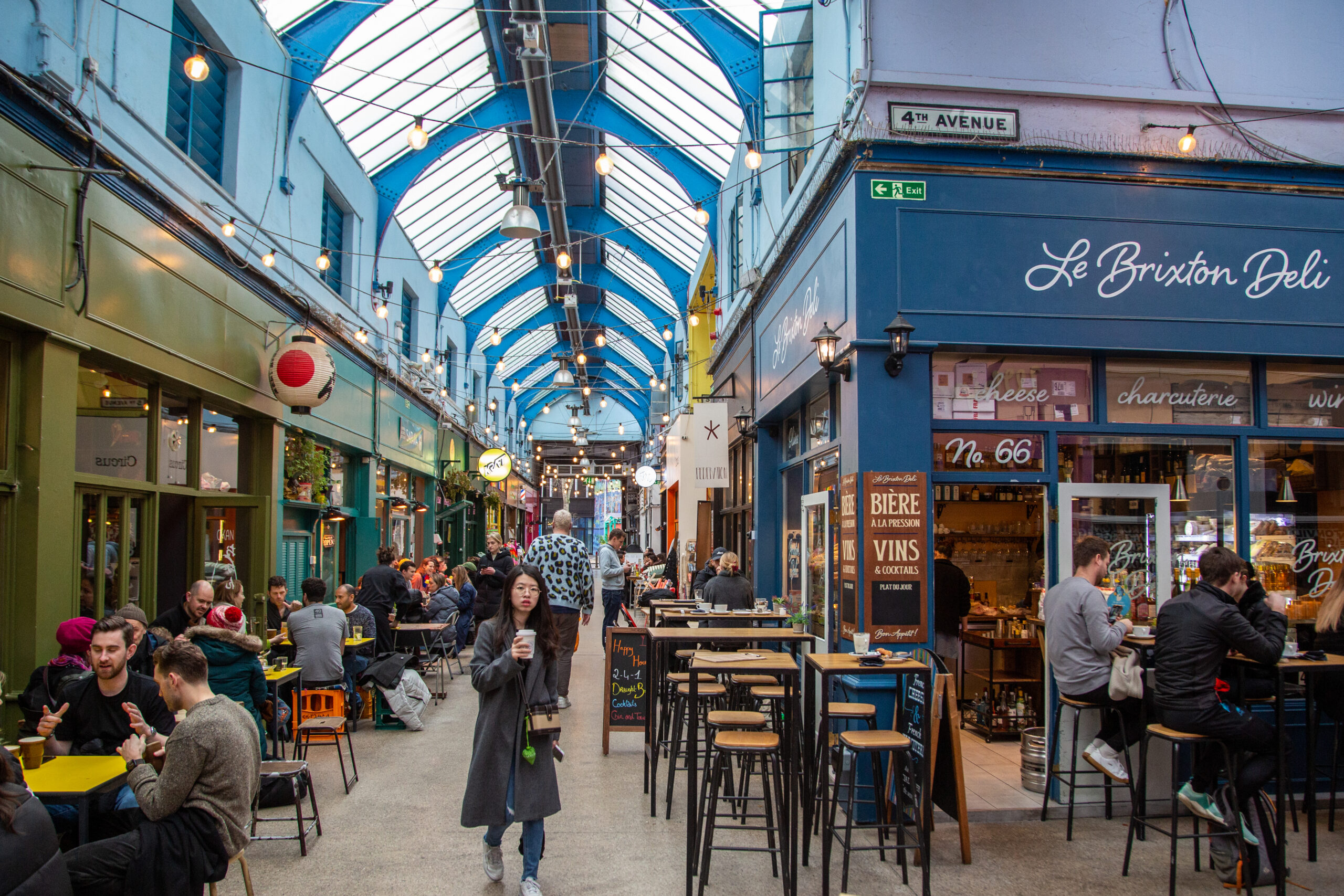
Brixton, London
Brixton was an important settlement for migrants from the Caribbean in the decades following the arrival of the Empire Windrush at Tilbury in 1948. During this period, Brixton gained a reputation as the spiritual home of Caribbean settlement in the United Kingdom. In the 1980s, Brixton was one of many British inner cities that experienced uprisings, often sparked by police brutality, that were the result of high youth unemployment and discrimination in many areas of life such as education, employment and housing.
Scroll for more
